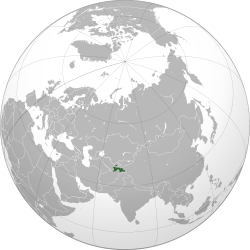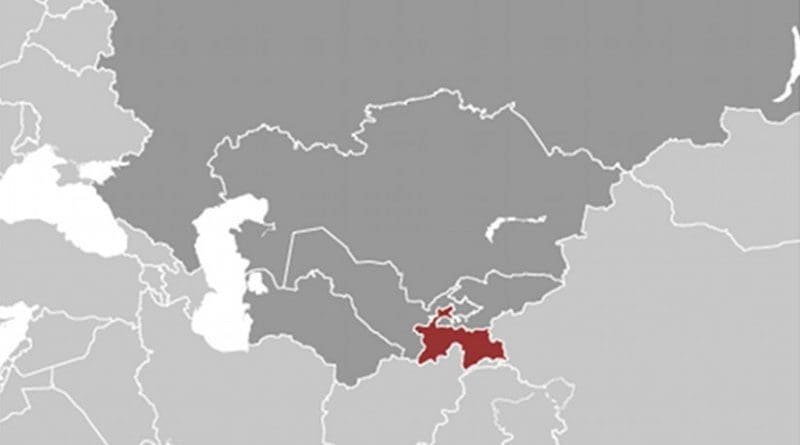Tajikistan: Diar Dushanbe A Symbol Of Qatar’s Desired Future Outlook – Analysis
The recent opening of a visitor centre by Qatari Diar in Tajikistan’s capital, Dushanbe, is a further sign of Qatar’s desire to diversify it’s economy and use it’s economic wealth to increase it’s global clout.
Wholly controlled by the Qatar Investment Authority (QIA), Qatari Diar opened the centre in December.
The visitor centre is the first phase of Diar Dushanbe, a mixed-use development in the Tajikistani capital that will encompass 68,000 square meters and is set to be completed by 2014.

The agreement for the construction of the Diar Dushanbe was signed in August 2011 and aims to provide 1,500 jobs during the construction phase and 400 jobs once the Diar Dushanbe begins operations.
It provides a further boost to Tajikistan’s growing economy, which grew by 7.4 per cent in the first half of 2012, largely due to increased remittances from expat Tajikistanis and expansion in the mining & processing industries.
While it has experienced significant economic growth since the turn of the millenium, Tajikistan still has a high poverty rate at 41 per cent. (SOURCE) The projected 1900 new jobs as a result of the Diar Dushanbe will, therefore, be a welcome boost for the country.
For Qatar, the Diar Dushanbe is one of the almost myriad ways it aims to establish an economy that is not solely based on petroleum while boosting its global standing.
The QIA is the Qatari body in charge of implementing a strategy of using Qatar’s vast oil-driven wealth to diversify its economy, and was the major Qatari body in the creation of Diar Dushanbe.
It is also the body behind many flamboyant acquisitions and investments undertaken by Qatar, one of which includes the 2010 purchase of the upmarket, world-famous Harrods department store in London.
Another Qatari purchase which dominated the press headlines was that of the French football team Paris St. Germain (PSG) earlier in 2012. Since the purchase, PSG is said to have invested over $340 million in the club, which includes the signing of high-profile players Gregory van der Wiel and Zlatan Ibrahimovic.
Qatari Diar has also played a major role in Qatar’s quest for economic diversification and increased global influence.
Besides the Diar Dushanbe in Tajikistan, Qatari Diar has spearheaded property initiatives across Central Asia, Africa and Europe, including a joint 557 million pound purchase of London’s Olympic Athlete’s Village, which will be tranformed into a community with 2,800 homes in 2013. (SOURCE)
QIA-led inititives such as the aforementioned investments and the Diar Dushanbe have not only helped diversify Qatar’s economy, but have also increased Qatar’s profile on a global scale.
Qatar has also spearheaded initiatives outside of the QIA that have helped make it known as more than just a major petroleum supplier.
One example is the news channel Al Jazeera, which has its headquarters in the capital Doha and is broadcast worldwide. Qatar also successfully bid to host the 2022 Football World Cup, which will likely put Qatar in the world’s spotlight while injecting large amount of money into the country.
The Diar Dushanbe is not as world-renowned as other Qatari-led initiatives such as the 2022 World Cup or the purchase of Paris St. Germain, but it will likely be of greater benefit for Qatar in boosting its standing in Central Asia.
Along with the financial benefits Qatari Diar is set to receive from the Diar Dushanbe, the stylish nature of the initiative will create a more positive image for the Tajikistani capital.
This, in turn, will likely boost Qatar’s standing in the country, which may be beneficial if it would like to further invest in Tajikistan in the future.
It may also increase its appeal to other Central Asian nations who may wish to undertake similar initiatives in their states should the Diar Dushanbe prove to be a success.

